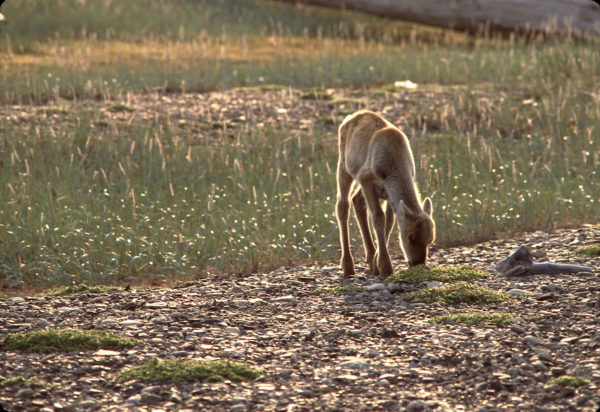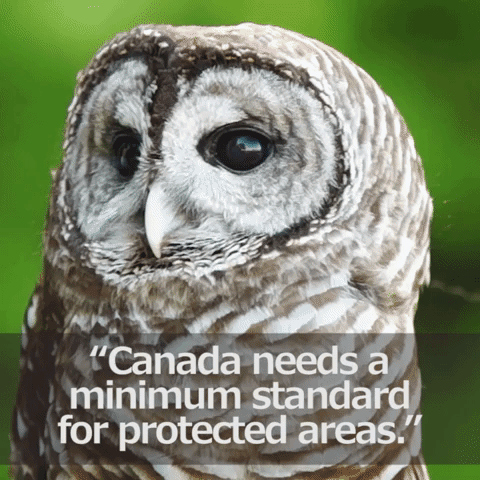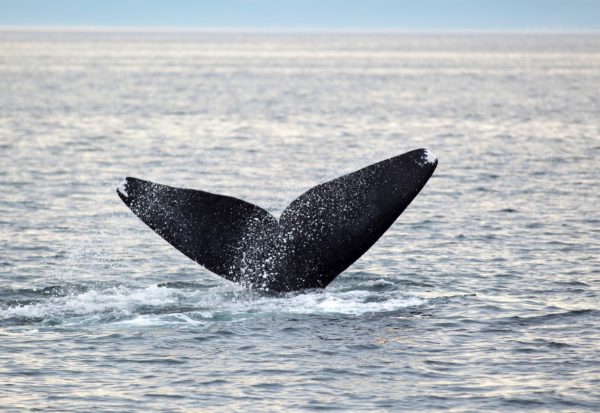Canada's federal budget can be a wild success
In response to staggering levels of wildlife loss, conservation organizations and federal parliamentarians of all political stripes have asked the government of Canada to make nature a priority in the looming federal budget by allocating at least $1.4 billion for habitat protections.
Money is not enough
While spending on nature is a huge need, how any money is spent is as important as the amount of money in the budget, which Finance Minister Bill Morneau is preparing to unveil on Feb. 27.
If spent wisely, adequate new funding has the potential to be wildly successful for the most vulnerable habitats and species in Canada. In addition to helping reverse wildlife declines, a well-executed federal initiative can advance reconciliation by applying traditional knowledge and engaging Indigenous communities to identify important natural areas and manage them.
And Canadian wildlife can’t afford for the government to squander this opportunity.
Already, 50 per cent of monitored wildlife species in Canada are in decline, according the WWF’s Living Planet Report Canada released in September. Another recent WWF study shows the world is on track to lose 67 per cent of wildlife populations by 2020 if the global decline isn’t turned around.
Canada’s habitat protections still have a long way to go
One of the best ways to reverse wildlife loss is to protect areas that provide species with safe havens from the risks of development. Today, in the face of climate change, there are three key components to any effective protected area. The habitat must be:
- Critical for the well-being of wildlife.
- Large enough to support the entire ecosystem (rather than only the most critical habitats).
- Part of a larger network, providing land, freshwater or marine corridors that enable Canada’s native wildlife to shift in response to changing environments.
Recognizing the importance of habitat protection, Canada has committed to safeguarding at least 17 per cent of Canada’s land and inland waters and 10 per cent of marine and coastal areas by 2020 under the United Nations Convention on Biological Diversity. We still have a long way to go.
As of 2016, Canada has protected only 10.5 per cent of our terrestrial area. And while that may not sound too bad, there are many reasons to think these existing protections aren’t good enough. Most of those are either not big enough or not integrated enough to be effective. What’s more, current protected lands are more often chosen for their affordability, and not for the abundance and importance of the wildlife they support.
On the marine protection side, the numbers are murkier. Until last year, less than 1 per cent of Canada’s oceans were protected. In 2017, the government showed just how fast it could move when motivated, making commitments to marine protections that, on paper, increased Canada’s ocean protection coverage to nearly 8 per cent. But the basic details of some of protections are unclear, such as when they will be in effect, how they will be monitored and what types of development they will preclude. When we see oil and gas exploration and extraction still permitted within proposed protected areas, as with the Laurentian Channel, we need to question whether the government is serious about taking measures that will meaningfully benefit wildlife and the people who depend on them.
A new minimum standard
For new protected areas to deliver lasting results, quality is as important as quantity. Canada needs a minimum standard for protected areas to ensure the most critical areas are properly guarded against current and future human threats. We can’t always choose the low hanging fruit of barren regions with little wildlife and few threats.
With only three years remaining to meet our international commitment and a wildlife-loss crisis underway in Canada as it is around the world, it is past time for the federal government to make a significant funding commitment to expand Canada’s protected areas network.
But to truly conquer the decline of wildlife, we need more than a cash infusion. We need to revolutionize our approach to conservation.
This op-ed was originally published in The Hill Times on Monday, January 22, 2018.




